So I’m a bit behind on participating in “World Breastfeeding Week” (Aug 1-7), but August is still National Breastfeeding Month, so I figure I still have time to jump on the bandwagon and share the story of my two breastfeeding experiences so far, because I haven’t read many like mine, and I hope my experience can help other momma’s out there.
Along my journey, I have diagnosed myself with what’s called IGT – Insufficient Glandular Tissue. In laymen’s terms, it means that physically, my breasts don’t have enough tissue to produce a sufficient supply to feed my babies. It’s been a long, arduous, and heartbreaking path to figure that out.
In the process of determining that I have IGT, I have tried nearly every method possible to increase my milk supply. I have pumped for what seemed like hours on end (using both my personal pump and a VERY expensive hospital-grade rental one). I have taken dozens of various supplements, eaten entirely too many lactation cookies, and endured a ridiculous amount of self-inflicted mommy guilt every step along the way. I have cried and sobbed, and begged and pleaded with my body to just WORK, to just do it’s job to feed my babies. I have prayed hundreds of prayers for God to heal whatever was wrong with my body, so that I could produce milk and nurse like normal, like all the mommas I saw around me.
I’m sure you’re wondering how I came to my self-diagnosis. It starts with the birth of my son Zane in July 2009. During pregnancy I had determined I really wanted to breastfeed for at least a year. I didn’t know anything about breastfeeding other than what I learned from our childbirth classes – I had never spent time with anyone breastfeeding, nor really thought about it prior to my own pregnancy. I just expected it to happen naturally.
Zane was a big baby – 10lbs 7oz. He seemed to latch on pretty naturally, but within 2 weeks we discovered he’d lost more than 10% of his weight, and the pediatrician ordered us to start supplementing with formula. I was incredibly disappointed and sought out a lactation consultant. Our first visit, she had us follow what we now know is standard protocol – “weigh, nurse, weigh”. After a 20 min nursing session, Zane had barely transferred 1oz of milk. The lactation consultant confirmed he wasn’t getting enough and suggested multiple things: a) pumping b) supplements c) SNS – supplemental nursing system.
Quickly, my life started to revolve around nursing and trying my best to make milk for my son. If I wasn’t nursing, I was pumping (even in the middle of the night!). If I wasn’t pumping, I was taking supplements (fenugreek & domperidone were the 2 main ones amongst many.) I saw some increase from domperidone, but it was extremely expensive for us since I had to get it from a compounding pharmacy – $80 every two weeks. It seemed like as soon as the pumping session was over, it was time to nurse again or take more supplements. The homemade SNS system nearly drove me insane. It was a large syringe with a small feeding tube attached, that I would thread into Zane’s mouth while he was nursing. I had to tape it to my breast *just right* or it would hit the top of his palate and scratch him. Then while trying to hold & nurse him, I’d be trying to push the formula through the syringe. Most sessions wound up with formula and/or pumped breastmillk all over both of us, and me in tears. Multiple times I ripped the whole system off and threw it across the room. It just seemed to cause more problems than help.
A note on fenugreek and domperidone. Fenugreek is a fairly cheap herb you can buy at most any health food or grocery store…and you know you’re taking enough of it when you smell like maple syrup. (Seriously – it’s a crazy side effect!) Domperidone is only available through prescription, and most people have to buy it from outside the country because it’s not actually approved in the US for increasing milk supply. (True use is for gastrointestinal issues; someone discovered a side effect was enhanced lactation). Due to my corn intolerance though, I could only take domperidone that was purchased at a compounding pharmacy (with no fillers). It also has one other unfortunate side effect – many women either gain weight while on it, or find it *very* hard to lose weight while taking it. Definitely not what a post-partum momma wants to deal with. I also went to a La Leche League meeting, seeking help and advice. None of the women there were having problems, and all insinuated that I must be doing something wrong if I didn’t have enough supply. Yep, I never went back. (I know LLL is a great resource for many; that particular group just didn’t meet my needs.)
I’d never had any experience with seeing anyone breastfeeding, and I’d certainly NEVER heard of anyone having this hard of a time doing it. I cried constantly. I truly felt like I was failing as a mother. It felt like my body was fighting against me and refusing to do the one thing I expected it to do after pregnancy – FEED MY BABY! When I pumped, I’d get 1-2oz. Max. Didn’t matter if I had just nursed him or not, I never made much. Even when he started sleeping through the night, and I got up for a middle of the night pump (exactly what a sleep-deprived mom wants to do) I’d get maybe 4-5 oz. Total. I heard about other moms who would pump 4oz per breast in 10 minutes…and I could only make that amount altogether if I went 6 hours without nursing or pumping. It was extremely defeating.
I was heartbroken!! I knew there are plenty of moms out there totally happy to feed their babies formula. I have nothing against that – it was just my heart had been SET on breastfeeding. I personally wanted to avoid formula because after having to go corn-free, I discovered that nearly *every* formula on the market had corn in it. And a LOT of it. (thankfully 5 years later it looks like some of the formula companies have finally caught on and have started to remove it…but not all – check the top ingredients in Similac Sensitive below – eeek!) We didn’t want to give Zane corn or soy, and it took us a long time to find a formula we felt comfortable supplementing with.
After trying everything the lactation specialist suggested and not seeing much improvement, we had yet another consultation with her, at our house. I look back now and wish I had been more receptive to the information she had told me – it would have helped a ton with Ellyson! Anyhow, she really analyzed my breasts – the shape and size of them, and asked about changes during pregnancy. She asked my mother about her breastfeeding experience. She asked about my grandmother’s experience. And for the first time, I heard that generationally, the women in my family were unable to breastfeed. My mom only made it 3 weeks – but I had always figured that was due to it being the 70’s when all moms were encouraged to just do formula. I found out that my grandmother had a hard time nursing all three of her children. And then I found out that my great-grandmother practically starved my grandmother to death in 1914 while she was desperately trying to nurse her. When she was only a few weeks old they moved cross-country and she screamed the entire train trip. Upon arrival they were frantic to see a doctor to see what was wrong with their baby girl. The answer? My great grandmother had no milk and the screaming was due to pure hunger.
That information alone released me. I was still sorely disappointed, but I figured it was just a genetic thing that I had no control over. In hindsight, the lactation consultant also gave me a technical diagnosis for the issue, but my head and my heart didn’t want to hear it. I think I was just ready to know that it was ok to give up on all my efforts and start enjoying my relationship with my son, instead of just focusing on making milk. I still kept up my pumping, but not on the same round-the-clock schedule I was on. I stopped bothering with the SNS and just used a bottle (thankfully Zane never had nipple confusion.) I nursed until he was 4 months, and pumped until 7 months. It wasn’t at all what I had pictured, and I still shed frequent tears about it, but I finally came to a place of acceptance. I was diagnosed with post-partum depression at 7 months (can’t fathom why after all the craziness of trying so hard to breastfeed!) and so I reluctantly stopped pumping so I could take the anti-depressant medication. Thankfully it worked fairly fast, and I have to admit after being a slave to the pump, it was pretty wonderful to have my life (and my body) back.
Fast forward 2 ½ years. When I found out I was pregnant again, I just *knew* things would be different. I seemed to have complete amnesia over my conversation with the lactation consultant. In my head, I decided that my milk supply issues were caused by a) being induced and b) experiencing excruciating sciatic pain in the 3 weeks before and after labor & delivery. (Both valid reasons that other moms have experienced affecting their supply.) Since I was planning a natural water birth, I just expected things to be different. I prayed they would be different. But I didn’t do much research, and didn’t do much planning – I was just hopeful, with confident expectations of a full supply.
Ellyson was born February 2012 and it was a glorious, amazing, phenomenal birth. It was hard work but it was beautiful!! Within an hour of being born, we had Ellyson on my chest and allowed her to do the newborn breast crawl. It was fascinating to watch her find my breast on her own, and immediately latch on – it truly was a completely natural process. I was psyched! Throughout the next few days, she was nursing great. My doula came over a few times to help me with different positions & to teach me how to ensure a good latch every time. Ellyson lost a big percentage of weight in the first few days, but since she was born at 11lbs 15oz, my midwife wasn’t terribly concerned. We were all confident that once my milk came in, she’d get back up to birth weight.
After the first week or two though, she’d lost about 17%. Even for a big baby (11lbs 15oz), that’s a LOT. And she was a happy baby for the most part, but did fuss a lot at night. We were typically able to calm her down by turning on a blow-dryer and letting her hear the loud white noise. Turns out she was super hungry, and we were just lulling her to sleep past her hunger! So my midwife had me meet with another lactation consultant. As we started the process of the weigh, feed, weigh – everything from my experience from Zane came rushing back. I remember sitting there nursing Ellyson with tears pouring down my face. I was starting to realize that it was happening all over again. And the result? Only 1 oz transferred after a 20 min nursing session. I was heartbroken once more. Everyone at the birthing center was confident I’d get my supply up. As I sat there sobbing, they tried to reassure me that they’d never had a momma not succeed. In my heart, I knew my past experience, and feared I’d prove them wrong.
So…back to the neverending nursing & pumping cycle we went. I adamantly refused to use an SNS system (though at this point I learned there were two commercial ones on the market to choose from…surely better than the syringe deal I’d used before.) I decided against domperidone because it’s really not great for people with thyroid issues. So I tanked up on fenugreek. I took goat’s rue tinctures that tasted awful. I put brewer’s yeast on everything. I made and ate a ton of lactation cookies. I rented a hospital grade pump. My life once again revolved around making milk.
This time I was truly determined to make this work. I started doing more research. I reached out to two wonderful groups – Eats on Feets and Human Milk 4 Human Babies. Through the sites, I found a wonderful woman who was more than happy to donate her extra milk to us. I was thrilled – she had a ton to give us and promised to donate more. Turns out though that Ellyson was super picky and didn’t like the taste of the donated milk (many times freezing breastmilk will increase the lipase amount in milk – doesn’t change the nutritional value, but it does affect the taste.) So with a heavy heart, I returned all the precious milk she had donated…and fearing the same thing would occur again, I didn’t search for another donor.
Through everything I was doing, I wasn’t seeing any increase in supply – same as last time. We started supplementing with organic formula (aka super pricey!) My midwife, doula and the lactation consultant were bewildered with my lack of increase. So I started researching on my own – I was determined to find the root cause of my issues. Finally, one day, I happened upon a Facebook page called “IGT and Low Milk Supply” – that page became my home for the next few months!! I learned SO much from the fabulous women that contribute to that group.
I discovered that there are some very classic markers that help diagnose IGT. It involves breast shape, the spacing of the breasts, varying sizes between breasts, and a few other factors. This site has a more detailed description of each factor and how to determine if you have IGT or not.
After reading all about IGT, the conversation with my first lactation consultant came back to mind. She had mentioned the shape of my breasts was a strong indicator of an underlying problem. She had tried to gently tell me that I may just not have enough of the right tissue to make milk. It’s amazing to me how I literally just didn’t process that information – man, if only I had listened – I could have prepared for Ellyson’s birth so much more!!
From the IGT group, I learned about a lot more supplements. I found one called “Dairy Queen” (now reformulated & known as Dairy Diva) and it was fabulous – within 3 days I saw a 4-5oz increase per day (when I was maxing out at 10-12oz, it was a big deal to make 30% more!!) Ellyson’s palate however, proved too picky for the herbs though. I was SO frustrated when I realized she was refusing to nurse or drink pumped milk *only* when I had taken the supplement. I found another one called Shatavari – and also saw an increase of at least 3oz a day. Little miss picky though, turned up her nose to that milk too.
I still shed a lot of tears during my nursing relationship with Ellyson, but I at least felt more confident knowing what the problem was, and that I was NOT ALONE. My IGT group helped me through those months – we shared our struggles and our triumphs, we shared our disappointments and our victories. We lamented over not getting to exclusively breastfeed, and we celebrated all forms of nursing relationships (comfort only, using an SNS – even while in public, and also pure bottle feeding). I became an expert on IGT. I became an expert on various ways to increase supply. I’ve found myself unconsciously looking at women and noticing that they had markers for IGT too, and wondered if I should tell them (I never have….figured that would be weird. Even with my friends. How do I start that conversation? “So, I noticed that your breasts are widely spaced, and just wanted you to know about this thing called IGT that you might want to read up on if you are ever thinking about breastfeeding…” Yeah, I can’t imagine that would go over well!)
I distinctly remember a rough experience – I attended the women’s conference at our church when Ellyson was almost 3 months old. I spent a lot of time in the nursing room, and was so jealous of the moms that would sit right down, nurse, and get up and go. Meanwhile, I would be working hard to get Ellyson to latch and be patient enough for my very slow letdown. She would get impatient and fuss and I’d feel self-concious. I’d sit there for 20 minutes for her to get all 2-3 oz out of me, and then she would fuss while I had to put a bottle together. No one ever said anything, but I truly hated the fact that I had to break out the formula too. I only saw one other momma break out formula in the nursing room that whole week, and man can I tell you I was grateful to not feel alone. My heart longed to just nurse. I wanted the freedom to just sit down and feed my baby anywhere and anytime. I am a proponent of nursing in public, and I did so when I could – but always with a cover, because Ellyson would be on and off so frequently. I was jealous of the moms that had babies that would just latch on and go! Nursing covers are great when truly necessary, but to be honest they are a major pain and most babies dislike them intensely!
Something else that was different from my experience with Zane – I also found two alternatives to commercial formulas – goat’s milk, and also the Weston A Price recipe for homemade formula. I was still working at the time and felt totally overwhelmed at the prospect of making my own formula every 3-5 days, so I settled in with using goats milk along with commercial formula. I nursed Ellyson until she was 7 months old (when I finally gave up the battle against biting) and then I pumped exclusively until she was 10 months old. I learned to be thankful for the 12-15 oz I was able to make for her per day. It wasn’t 100% of what she needed, but it was something. (From the IGT group I learned that some women literally never make more than 1/2 oz -2 oz a day, so that gave me perspective to count my blessings that I was able to make any milk at all!) I learned to just love my breastfeeding relationship with my daughter, despite it not looking like I’d planned. Nursing is so much more than just providing nutrition with milk – it’s also a huge amount of emotional and physiological nutrition for both momma and baby. I can honestly say that despite all the struggles, those nursing sessions with Zane & Ellyson are some of my most cherished memories. I know it sounds incredibly cliche, but breastfeeding really does form a bond that’s hard to replicate any other way.
When I found out in December that I was pregnant with our third child, one of the first things I did was start researching what I could do immediately, during pregnancy, to increase the likelihood of a better milk supply. I read that many times by the third baby, moms have a better chance of making more milk (almost like muscle memory.) From all my research, I determined a course of action:
– 1st trimester – Utilize progesterone directly on my breasts to increase breast tissue growth. The protocols I read suggested progesterone creams, but since I was already using a natural form of progesterone called Progessence Plus, my midwife & I agreed to “test” that out. Prior to pregnancy, I was using 4 drops a day. I upped that to 12 drops daily and put 1-2 drops on each breast per day. I definitely felt some tenderness and fullness from that!
– 2nd trimester – Around 20 weeks, I started taking Alfalfa and Red Clover. I started slowly so my body would adjust – 1 500mg of each per day. By 28 weeks I was taking 1000mg per day.
– 3rd trimester – I added in Goat’s Rue, and upped the Alfalfa and Red Clover to 2000mg per day. I had planned on hand-pumping for colostrum starting around 36-37 weeks (to save up for those first few days while waiting for my milk to come in) but each time I attempted it I didn’t get much and so I wasn’t encouraged to put too much effort into it. I talked to my midwife about using an electric pump to try, and she gave me the green light to try it once I hit 40 weeks, since pumping can cause contractions (I typically go 41-42 weeks).
I also read a fascinating book called Making More Milk – it was extremely helpful in further understanding how the body makes milk, and ALL the various factors that contribute to supply. IGT is not the only cause of low milk supply – there are many other factors, including thyroid health, insulin resistance, and PCOS. I have thyroid issues too and now treat it naturally without medication, so I’ll be interested to see if there’s a difference on that factor. I also suspect I might be slightly insulin resistant, and I have made a focused effort on greatly reducing the amount of sugars and refined carbs that I intake each day. (A positive side effect of that goal is that I’ve only gained 20 lbs through this pregnancy, versus 46 lbs with Zane, and 36lbs with Ellyson!)
I have to add this in too – at 30 weeks pregnant, I also attended a Healing Ministry session at my church. I prayed that I would meet up with someone that would understand my passion for breastfeeding and why this prayer was so important to me. That prayer was clearly answered when I was matched up with a wonderful woman named Margie – who, as I was describing my prayer request, asked some very specific questions. It turns out she had been a midwife for 20+ years, and actually knew my midwife! She completely understood my heart’s desire and said a sweet, special, meaningful prayer over me that had me in tears. Over and over again, she prayed for abundance, and release. Abundance, and release. That has been my milk mantra ever since!!!
I’m writing this at 40 weeks, 3 days pregnant. I’m excited to see what will happen with my supply this time. Will the progesterone and the supplements work? Will God answer my prayers for an abundant milk supply?
No matter what, this time I feel armed and ready and more confident about nursing than ever. I am fervently praying for a total healing on my body, allowing for a full milk supply and exclusive breastfeeding (EBF). This time around it’s not just for me and baby – it’s for our whole family, really. The past two times our lives revolved around pumping and nursing, and it’s just not realistic this time around. I just can’t stay at home 24/7 attached to the pump! My sanity won’t make it, but also – we are just more on the go these days. Life is still moving forward even when this baby arrives (yes we’ll hunker down those first few weeks, but after that…I need to be able to feed baby boy on the go!) No matter what though – I know that any milk I make, and any nursing I do, will be awesome. If it’s 100% – great!! If it’s 25% – great! I feel like I am much more emotionally ready to handle breastfeeding this time around.
So here’s my game plan and what I’m armed with:
Young Living Essential Oils
Fennel and Basil. Many, many, MANY personal friends have seen great success with using Fennel to increase their supply. Some have rubbed it directly on their breasts, while others have taken 1-2 drops via capsule each day. It’s only recommended to take 10 days at a time, so I have Basil on hand to take on the 3-4 day breaks when I’m not using Fennel. I’m following the protocols listed in Gentle Babies, which is geared to expecting moms, babies and children, and is specific to Young Living Essential Oils.
Abundance and Release. Yes, there are two oils named Abundance and Release. I don’t think it’s a coincidence either! These are more “emotional” oils – I’ve already been wearing Abundance for a few months and I love it. I’m excited to use Release during labor and with nursing!
Galactogogues (supplements) – Dairy Diva, alfalfa, red clover, fenugreek, nursing tea blends – I have these on hand, ready to take if necessary.
Donor Milk – I already have 150oz of amazing, blessed donor milk in my deep freeze, thanks to the awesome milk bank ministry that’s a part of the co-op I get my eggs & milk from each week.
Lactogenics – foods known to increase supply – Brewer’s Yeast , Oatmeal (gluten free for me), Lentils (includes hummus), spinach, etc – all in my pantry, ready to eat as needed to help with supply
SNS – we have made our own SNS (NOT using a syringe) to have available just in case the need arises! We just used a previous bottle and 5fr feeding tubes we bought from Precious Arrows (best pricing I could find online.)
Breast pump – it’s cleaned and ready to go, with new parts and everything. I am realistic that I will probably have to use this at some point (especially to build a stash for when I’m at meetings/etc). I’m just praying and hoping I won’t be pumping 6-7 times a day with it!!
Phone Consult with IBCLC – I was blessed to have a fantastic phone conversation with a lactation consultant who was thankfully *very* knowledgeable about IGT – Mellanie Shepphard of For Babies Sake. Through our 45 minute conversation she gathered my history, confirmed my plans, and made a few specific suggestions (based on what happens when baby is actually born and we see how my milk supply is!)
Endocrine system check-up – One specific thing that Mellanie suggested was to see a hormonal specialist within 4-6 weeks postpartum. Ideally this is probably something I should have done much earlier in pregnancy, but the information obtained will still be helpful no matter what. There are SO many different facets that can affect milk supply, and based on my history, Mellanie believes a very detailed analysis of my hormones could provide more pieces of the puzzle.
Book: Finding Sufficiency: Breastfeeding with Insufficient Glandular Tissue – I just started reading this extremely informative book, based on Mellanie’s advice. Two years ago, I actually participated in a very lengthy and detailed survey via the IGT Facebook group, and the survey results helped contribute to the information in this book. I’m only a third of the way through and it’s already very enlightening and encouraging.
Book: Mother Food – another recommendation from Mellanie. This is a much more thorough and detailed listing of lactogogues and galactogogues. I am excited to read it and learn more, and try out the recipes! Hoping it arrives sooner than later and I can read up before baby comes.
I am hopeful and expectant that the third time around will be different. I’ll be sure to provide an update on how things are going after baby is born!
In the meantime, if you suspect you might possibly have IGT or low milk supply, I highly suggest you check out the resources listed below, and read Finding Sufficieny. I want to note – textbooks say IGT and low milk supply is rare – but the more moms I talk to, the more I realize that many, MANY moms do encounter supply issues at some point in their journey. Not everyone has IGT, but not everyone has a full supply either! If you have or have had low milk supply – I am confident these resources will help you!
http://www.noteveryonecanbreastfeed.com/pb/wp_25ca02bb/wp_25ca02bb.html
https://www.facebook.com/groups/IGTmamas/ (will need to fill out form & receive approval to join group)
http://www.fitpregnancy.com/baby/breastfeeding/low-milk-supply
Books:
The Breastfeeding Mother’s Guide to Making More Milk: Foreword by Martha Sears, RN
Finding Sufficiency: Breastfeeding With Insufficient Glandular Tissue
Also, please feel free to comment here or send me a private message on my facebook page if you want to ask any questions about IGT, supplements, or my experience overall!
Note: If you are interested in checking out Young Living Essential Oils and trying them for yourself, check out this post!
*Disclosure of Material Connection: Some of the links in the post above are “affiliate links.” This means if you click on the link and purchase the item, I will receive an affiliate commission. Regardless, I only recommend products or services I use personally and believe will add value to my readers. I am disclosing this in accordance with the Federal Trade Commission’s 16 CFR, Part 255: “Guides Concerning the Use of Endorsements and Testimonials in Advertising.”
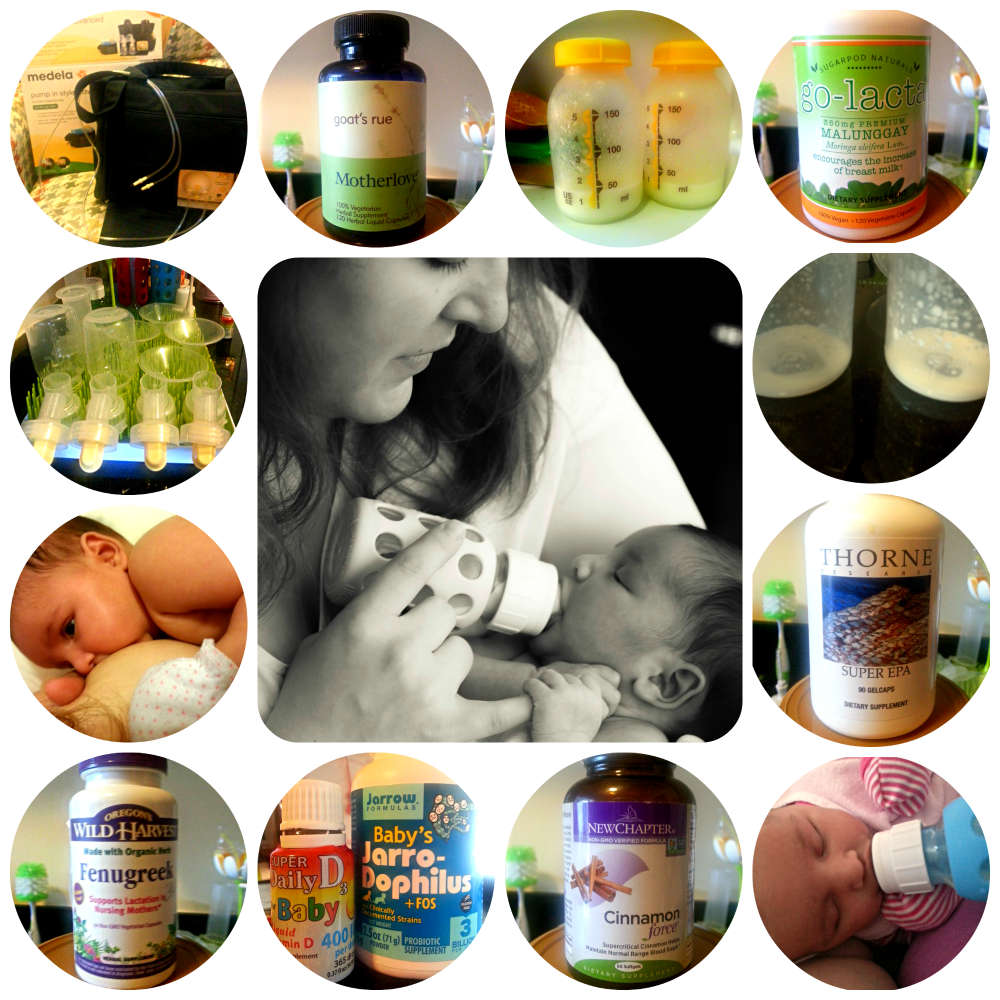


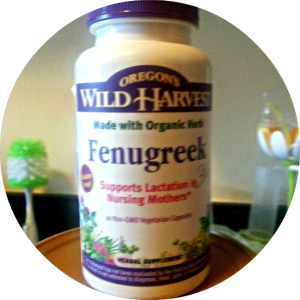
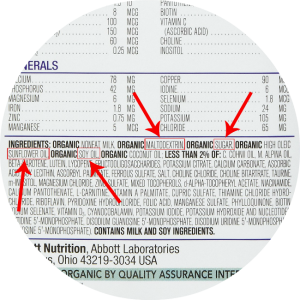

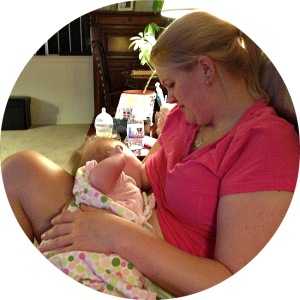


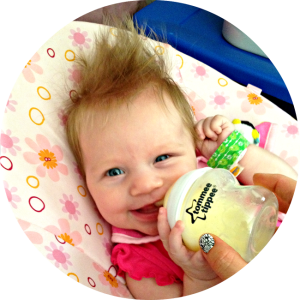
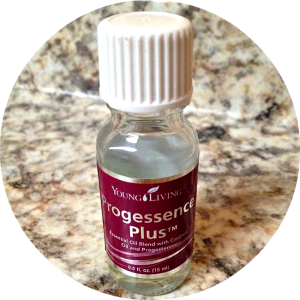
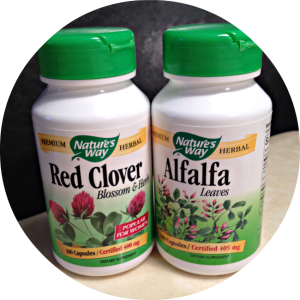
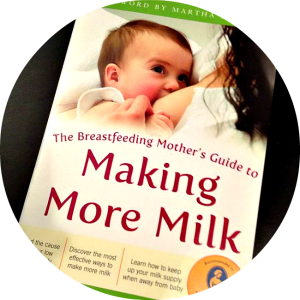

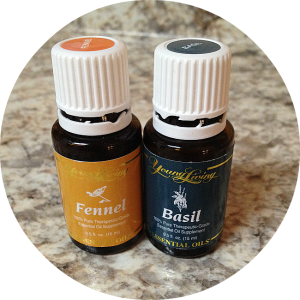
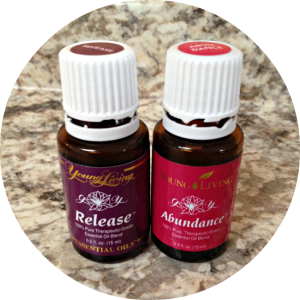
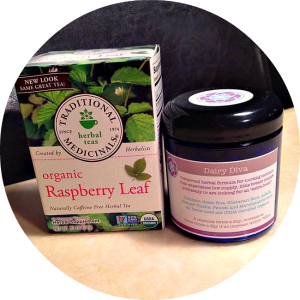
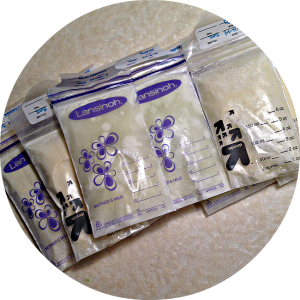
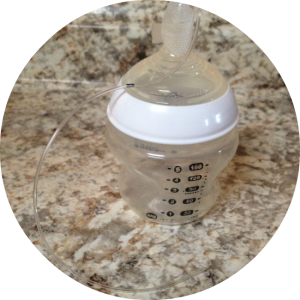
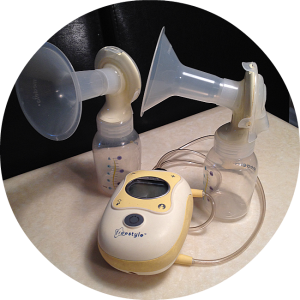
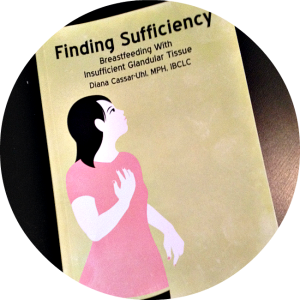
You could’ve wrote my story…..same exact thing here except my 2nd is 10 mo old now. I’ve come to terms with it now but if/when I ever have #3 I need your protocol and I really really want to know how your 3 rd time goes !!! Please email me and update me please. congrats in advance and good luck !
congrats in advance and good luck !
Thank you so much for sharing your experience. I am in the same boat, and just starting to think of baby #2. This post actually gets me excited about all of the things I can try during my next pregnancy. I am so happy you’ve found the IGT on FB community. I’m a relatively new member, and it’s helped so much. You are an amazing mama!!! Best wishes.
My tears began to flow when I got to the part of abundance and release, as I’m sitting here pumping and praying for the same for me. I pray God answers you prayer-I know the exact feeling and heart break! If He would only hear our cry. Hugs and much love!! I wish I had someone like you to talk to nearby. Like you, all the women at my church just pop the boobie and go. (They also have their babies and look great after a few weeks because they don’t have to deal with this emotional roller coaster. I’m 5 weeks postpartum and have yet to return to church). Keep us posted and keep me in your prayers, please.